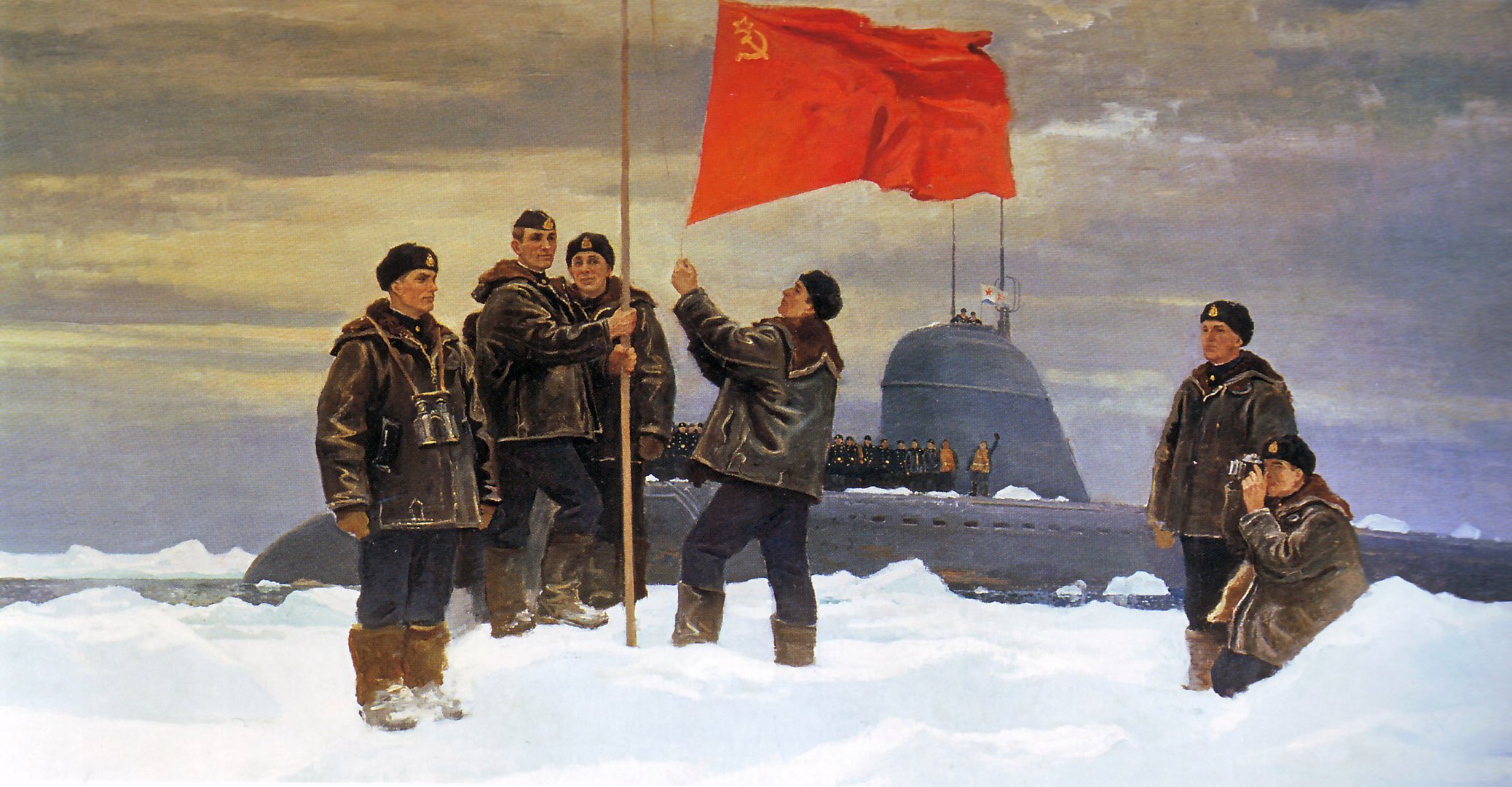Pepsi, the fizzed cola, had won the Soviet Union’s taste buds and, in return, got a naval armada. In 1989, PepsiCo did a barter with the erstwhile USSR, where the multinational corporation supplied cola to the communist country and got paid in warships.
In 1989, PepsiCo Inc. acquired 17 submarines, a cruiser, a frigate, and a destroyer from the Soviet Union. According to an analysis of Jane’s Fighting Ships 1989-90, it would have tied with India for the seventh spot in terms of the number of submarines.
Far from the story of the USSR’s collapse, it was the story of Pepsi’s business collaboration with the communist country. The Pepsi executives at that time were hopeful about the future of the USSR. The company also acquired the dilapidated fleet as part of a multibillion-dollar bet on the long-term stability of the Soviet Union. The chances of the Soviet Union surviving after the end of the Cold War seemed very bright.
In 1959, the American National Exhibition in Moscow’s Sokolniki Park was the site where the USSR got its first taste of Pepsi, courtesy of the Soviet leader Nikita Khrushchev, who was famously photographed drinking Pepsi in a paper cup.
![Nikita Khrushchev Trying Pepsi for the First Time with Richard Nixon, 1959 [970x572] : r/HistoryPorn](https://preview.redd.it/cvtox8o3o6k21.jpg?width=640&crop=smart&auto=webp&s=8b137ba813ee33f5a13e649f51eb86e983e6e2bf)
By 1972, Pepsi had a deal with the USSR and had become the first “capitalistic” product to be sold there. This gave it an upper hand over rival Coca-Cola Cola, which could not enter the market until the mid-1980s.
As the Rubles hit a nadir in the international market, Pepsi and the USSR traded in alcohol. However, Russia’s thirst for vodka was so great that Pepsi found it difficult to secure it to export. An unorthodox solution was found. Pepsi entered a barter trade with the Kremlin.
Pepsi put the surplus canning concentrates and syrups, their fountain dispensers bereft of dollars to convert into cold hard vodka, and in return, the Kremlin offered what they had in abundance—the remnants of a once mighty naval fleet now rendered obsolete.
The New York Times report screamed: “Pepsi will be bartered for Ships and Vodka in Deal with Soviets.” It was the largest-ever deal between an American corporation and the Soviet Union. The accord is valued at more than US $3 billion.
The deal was expected to increase the availability of Pepsi-Cola, and in return, the firm was expected to make profits from Stolichnaya vodka. Since 1974, PepsiCo had shipped its soft-drink syrup to the USSR, where it was turned into cola and sold as a bottled product.
The profits were given to Stolichnaya Vodka, which was sold by a third party in the US. American law prevents Pepsico from operating restaurants where alcoholic beverages are served and importing alcohol, so Stolichnaya is sold in the United States through Monsieur Henri Wines Ltd., an importer.
The Pepsico deal was seen as the benchmark to see if the Western companies could flourish in the Soviet market, with 287 million consumers and little to spend their money on.
Pepsi’s Navy’s Voyage Do Doom
Before Pepsi’s foray into the USSR, the ties between the two countries were frigid. Don Kendall, the CEO of Pepsi at the time, made it his mission to break into the Soviet market. Long before the two countries had a working relationship, Kendall was negotiating with the Kremlin’s top brass to sell his soft drink.
The 1989 deal was also Pepsi’s attempt to corner the Soviet market as it failed to foresee the country disintegrating.
When the news about Pepsi acquiring a Soviet naval fleet broke, it was sensationalized. However, the reality was far more nuanced. The corporation had no maritime power. It flipped the old and obsolete warships to a Norwegian shipyard to be scrapped.
According to Foreign Policy, American leaders had hoped that the foray of Pepsi in Soviet markets would impress upon the leaders the benefits of capitalism. The Pepsi executives hoped to gain a major advantage over their rivals, Coca-Cola. The Soviet officials saw it as a way of helping the dwindling economy through external trade.
The barter deal was seen as making good on Pepsi’s surplus cola cans and bottling supplies, as well as excess inventory rotting in Soviet warehouses. The Soviets had 17 submarines, 3 warships, and a clutch of patrol boats—aging vessels rusting at port. Rather than exchanging cash, each side bartered abundant yet worthless assets.

Pepsi hoped to get its dollars by turning over the motley fleet to foreign navies. However, the buyers vanished as the USSR disintegrated. Pepsi lacked the expertise to maintain the obsolete fleet.
As the Soviet Union disintegrated, it sank Pepsi’s deal of the century. Suddenly, the redrawn borders, inflation, and privatization took the fizz out of their market-capturing plans.
The LA Times described how the new Pizza Huts were in a tizzy as they sourced mozzarella from Lithuania. The company had hoped to shift from heavy glass bottles to cheaper plastic, but the plastic company was in Belarus.
As the USSR collapsed, Pepsi scrambled to sell the rotting fleet, which was sold in scrap to a Norwegian company. The Soviet fleet went down into obsolescence.
In 2020, PepsiCo reported revenue of $3 billion in Russia, its third-largest market behind Mexico and the United States. In 2004, Kendall received the Order of Friendship from President Vladimir Putin for his contributions to Russian commerce.
- Ritu Sharma has been a journalist for over a decade, writing on defense, foreign affairs, and nuclear technology.
- The author can be reached at ritu.sharma (at) mail.com
- Follow EurAsian Times on Google News




